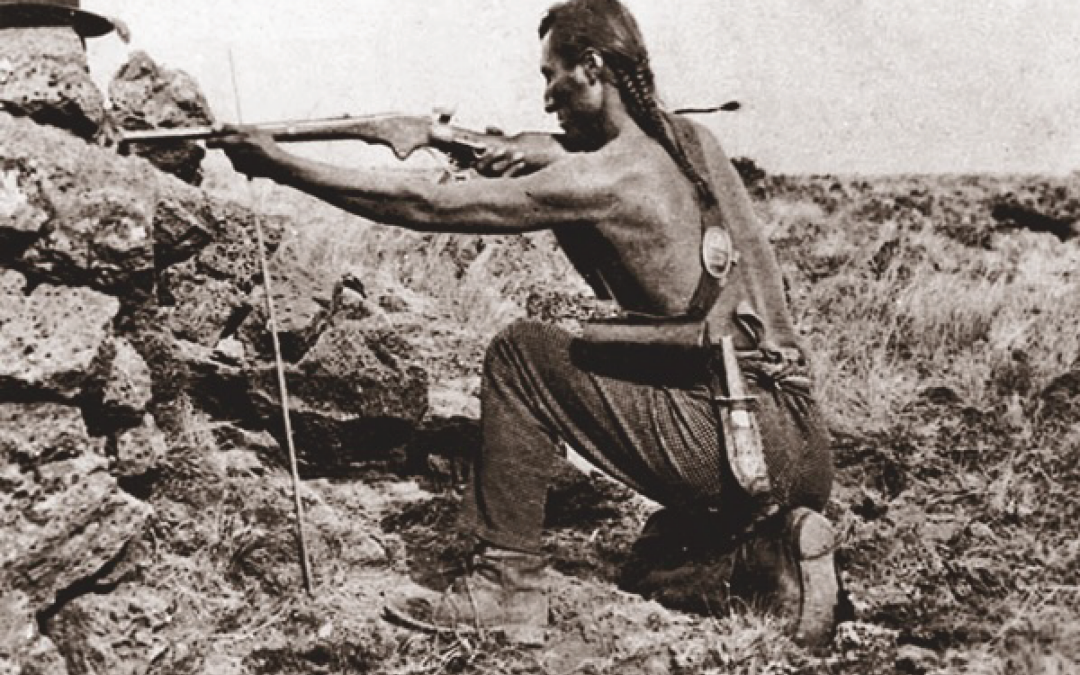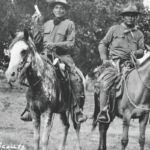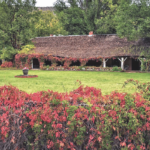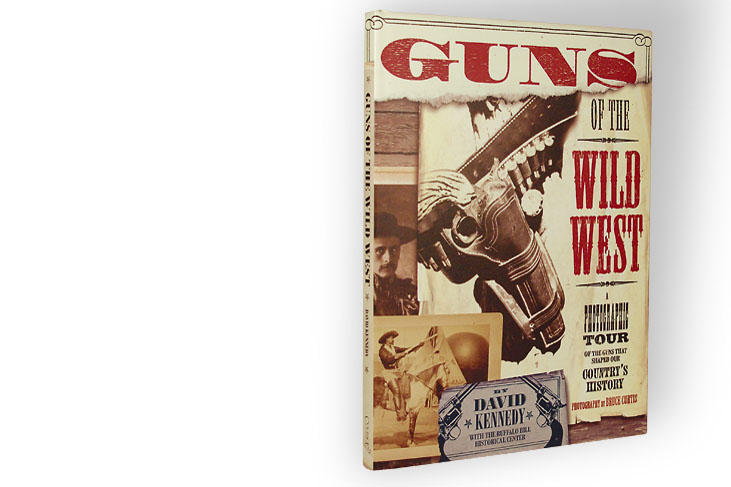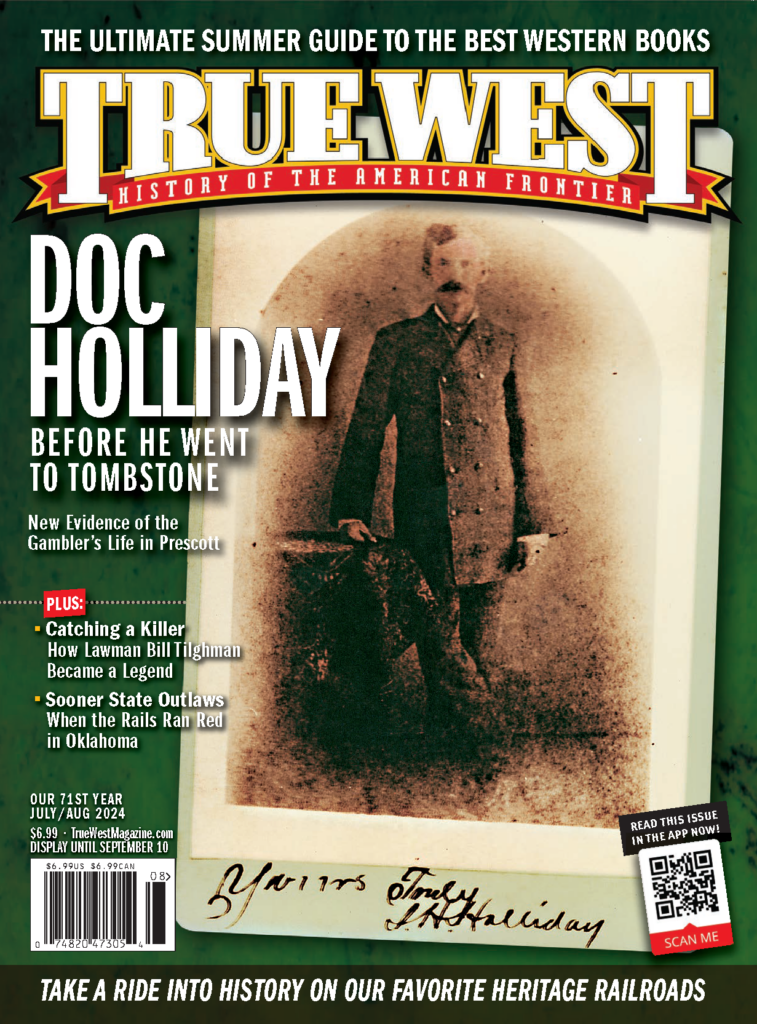After the Civil War, savvy frontiersmen chose the Spencer repeating carbine.
At the conclusion of the Civil War, the Spencer Repeating Rifle Company had sold more than 100,000 military arms to U.S. forces. Although the company enjoyed great success during the war, such massive production of guns worked against it in the postwar years. Many thousands of Spencer military surplus rifles and carbines were being sold for far less than the company’s sporting rifles. Spencer had literally produced himself out of the postwar market, and by 1868 the company had failed. Interestingly, the bankrupt Spencer Company was purchased by the Fogarty Repeating Rifle Company and in less than a year that firm sold Spencer’s remaining assets to Oliver Winchester in 1869.

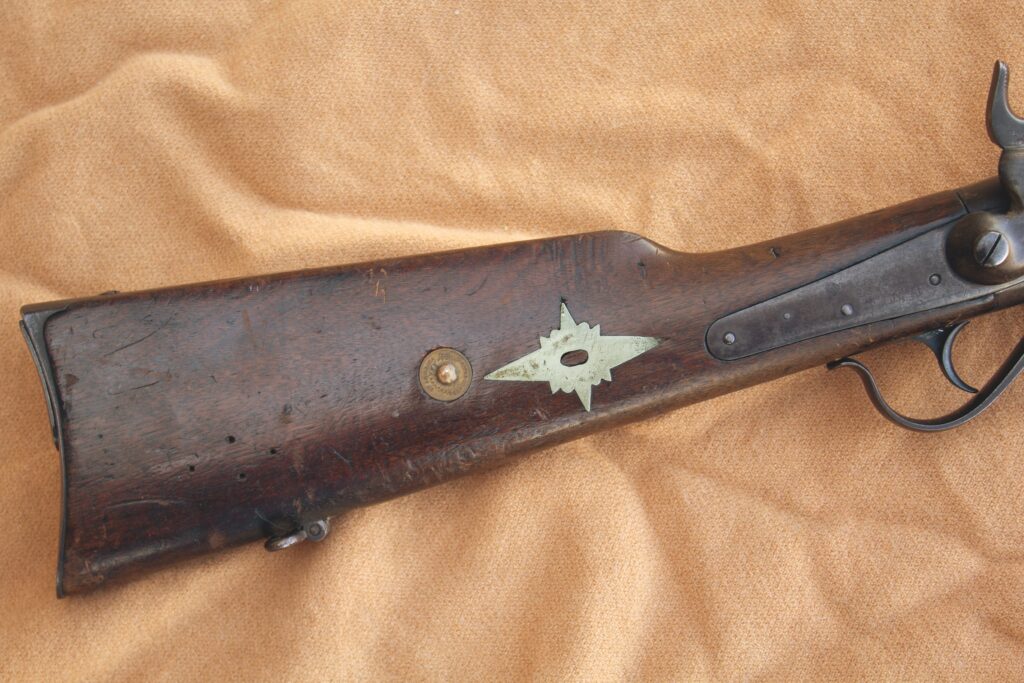
Ironically though, Christopher Spencer’s metallic cartridge guns were quite popular and there was a great demand for inexpensive arms by those heading West, and his seven-shot repeaters were held in high esteem by many frontiersmen. Along with the government’s sale of surplus Spencer carbines and rifles, Western gunsmiths were creating modestly priced “sporterized” Spencer rifles by using surplus carbine actions and adding heavy octagon barrels, forearms and occasionally double-set triggers and wiping rods, giving them the look of the old-time muzzleloading plains rifles, such as Hawken, Dimick, Gemmer or others of that ilk.
With Indian troubles boiling over out West in 1865, the U.S. Cavalry was largely armed with the 1860 Spencer carbines. Broken up into smaller companies or several company-sized units, these horse soldiers were ordered to posts all over the frontier. However by 1867, virtually every cavalry regiment with the exception of the 1st and the 5th Cavalry were armed primarily with the shorter and modified Model 1865 Spencer carbines, with a total of around 5,000 Spencers in the hands of troopers of the 2nd through the 4th, and the 6th through the 10th Cavalry regiments. Some units were only partially equipped with Spencers and still relied partly on other Civil War breech loading, single-shot carbines. With various companies of each unit seeing action against the tribes, in skirmish after skirmish, it was their Spencers that often proved to be the difference in the soldiers’ life or death.
In the summer of 1866 the 4th and 6th Cavalry, stationed in various posts in Texas, were completely outfitted with Spencer carbines. The following year the newly created 7th Cavalry, as well as the 8th, 9th and 10th regiments were also fully armed with Spencers. Custer’s 7th saw its initial action near Fort Lynn in Colorado Territory when a detachment of C Company skirmished with Sioux and Cheyennes. Still carrying Spencer carbines on the freezing cold morning of November 27, 1868, Custer and his troopers attacked 51 Cheyenne lodges of Chief Black Kettle on the Washita River (Oklahoma). “Old Arizona” Territory in the late 1860s saw numerous fights between the Spencer-armed 8th Cavalry and Apaches, while the African American “Buffalo Soldiers” of the 9th and 10th Cavalry regiments campaigned in Texas and Kansas respectively, as did the 6th Cavalry—all using Spencers. There were even a few Spencer carbines issued to the foot sore infantry, like the 9th Infantry, stationed in Nebraska who reported keeping a pair of Spencers on hand, possibly for guard duty.
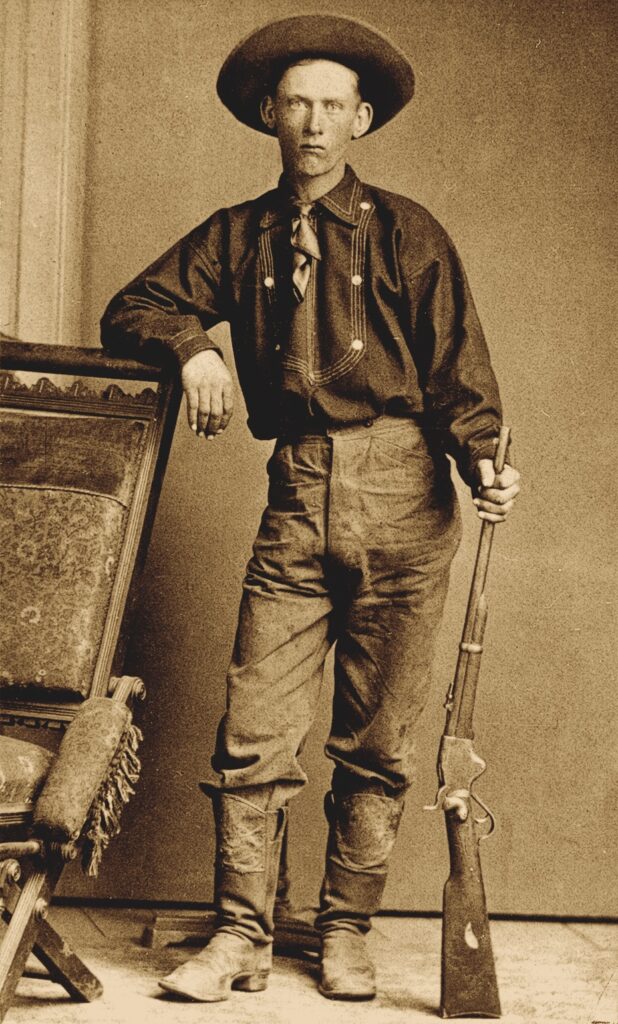
What may be the earliest recorded use of a civilian-used Spencer was by Arizona Territorial Governor John N. Goodwin in the summer of 1863, when he purchased a Model 1860 carbine for his trip across the plains from Leavenworth, Kansas, to Arizona. The following year he wrote, “Since September last it has been in constant use, either carried in an ambulance or strapped to the saddle. No weapon has ever been subjected to harder usage than this has been up to the present time.” Goodwin went on to claim, “During this time it has been once cleaned and has never got out of repair, and now works better than when I first had it.”
The governor loaned his Spencer to his friend, Alabama-born Arizona adventurer King S. Woolsey, who carried it on an 1864 expedition against the Apaches. Woolsey’s fondness for the Spencer was reported in the April 26, 1864, edition of the Hartford Evening Press newspaper stating that although he had never fired a rifle until he went West and then only the Spencer, his first shot with the carbine during an informal shooting session hit a one-inch piece of white paper stuck to a black painted board placed out at about 100 yards. Woolsey reported: “As a weapon for fighting Indians, the Spencer has no superior.”
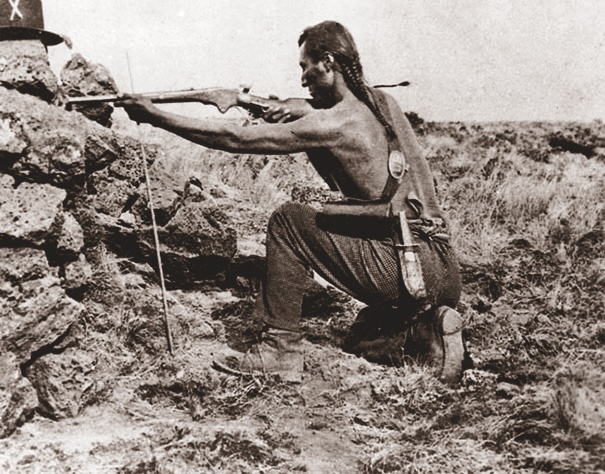
While traveling south of the border Westerner August Santleben recalled an encounter with a group of outlaws that “numbered about fifteen men and all were armed with Spencer carbines and six-shooters. That pattern of rifle was the first breechloader, using metallic cartridges, introduced into Mexico.” Back in the U.S. on the plains of Kansas, while working on the Union Pacific Eastern Division Railroad in 1868, Prussian immigrant Adolph Roenick and a half dozen other laborers were attacked by Indians. In the excitement of the attack Roenick loaded eight, rather than seven cartridges in his personally owned Spencer carbine’s butt stock. When he couldn’t force the gun’s magazine tube back in place, he realized his mistake and quickly removed one round, re-inserted the tube and resumed the fight. On another occasion in 1875 in Galveston, Texas, young cowhand Charles Siringo was given a Spencer carbine by his uncle. Siringo remembered the Spencer was “one he had captured from a yankee while out scouting during the war. I was very proud of the gift for I had never owned a repeating rifle before.”
These are just a few instances that illustrate the Spencer’s use out West after the Civil War. Within a few years, this old warhorse would be overshadowed by its chief rivals, the Henry rifle and its offspring, the 1866 Winchester. However, during the years immediately following the war, and until the introduction of the then more-modern Winchester repeaters of the 1870s, the more powerful 1860 .56-56 and .56-50 Model 1865 Spencers were the preferred shoulder arm by frontiersmen of every kind.

